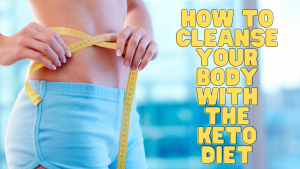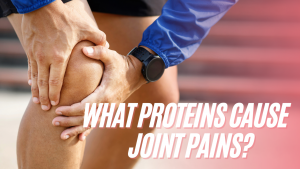The keto diet is a popular low-carbohydrate diet that is effective for weight loss. The goal of the keto diet is to achieve a state of ketosis, where your body burns fat for energy instead of carbohydrates. While on the keto diet, you can eat foods like meat, fish, eggs, cheese, and vegetables. However, there are some foods that you cannot eat on the keto diet. In this blog post, we will discuss what those foods are!
What foods are not allowed on the keto diet?
The keto diet is a high-fat, low-carbohydrate eating plan that has been shown to promote weight loss and improve insulin sensitivity. While there are many different keto diets, most people following this plan restrict their carb intake to less than 50 grams per day. This can be not easy to do, as many common foods contain high levels of carbs.
Some of the foods that are not allowed on the keto diet include:
- Sugar: This includes all forms of sugar, including honey and syrup.

- Grains: This includes bread, pasta, rice, and cereal.
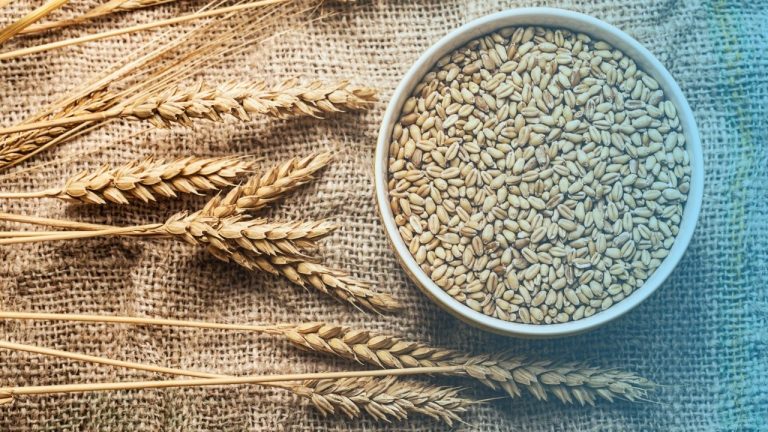
- Legumes: This includes beans, lentils, peas, and peanuts.
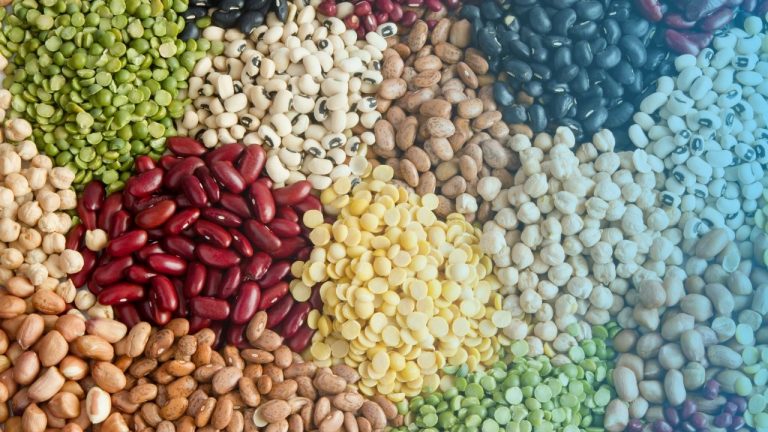
- Fruit: This includes all fruits, including bananas, apples, and oranges.

- Starchy vegetables: This includes potatoes, sweet potatoes, and corn.
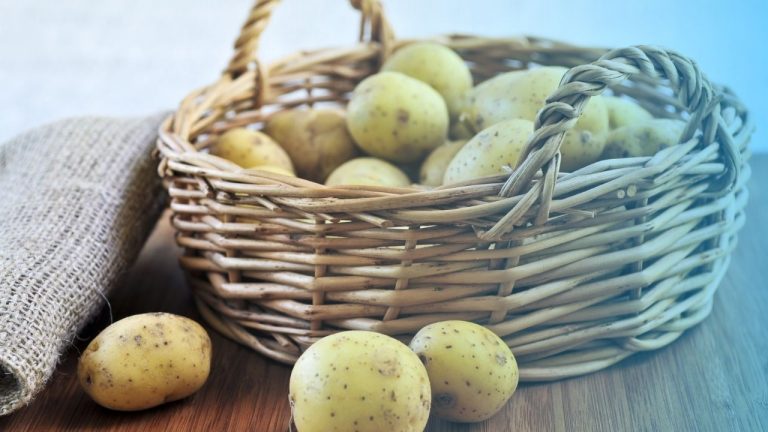
- Alcohol: This includes all forms of alcohol, including beer and wine.

What is a ketogenic diet?
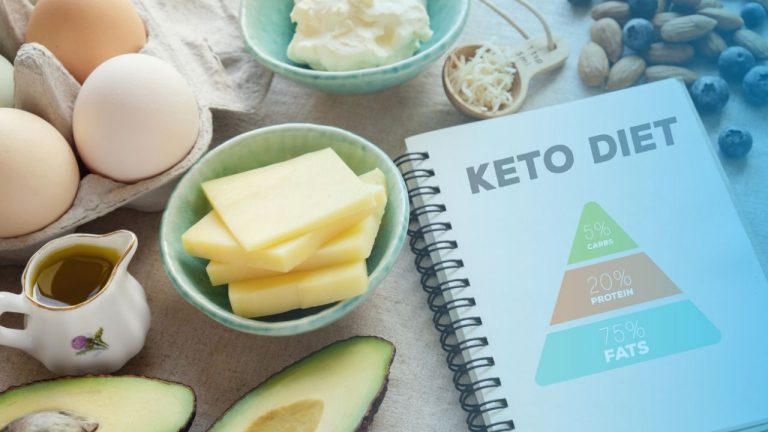
A ketogenic diet is high in fat, moderate in protein, and low in carbs. When you eat something high in carbs, your body produces glucose and Insulin.
Glucose is an easy fuel for your body to use, so Insulin takes the glucose and stores it as fat. With a Ketogenic diet, you eat foods with very few carbs, moderate protein, and high in fat. This puts your body into a state where it uses ketones for fuel instead of glucose.
Ketosis is when your body starts to burn stored fats for energy. This happens when there are no or very few carbohydrates available for your body to burn for fats.
To get into ketosis, you need to eat a diet that is high in fat and low in carbs. This means you will need to avoid sugary foods, starchy vegetables, and most fruits. It would help if you also avoid grains, legumes, and alcohol.
What can you eat while following a ketogenic diet?
When you’re following a ketogenic diet, your body enters a state of ketosis, which means it starts burning fat for energy instead of carbohydrates. This can lead to weight loss and other health benefits. But it also means you have to be careful about what you eat. While you want to focus on high-fat, low-carb foods, you also need to make sure you’re getting enough nutrients. So what can you eat while following a ketogenic diet?
Here are some ideas:
- meat, poultry, and fish
- eggs
- dairy products
- oils and fats
- nuts and seeds
- non-starchy vegetables
- avocados.
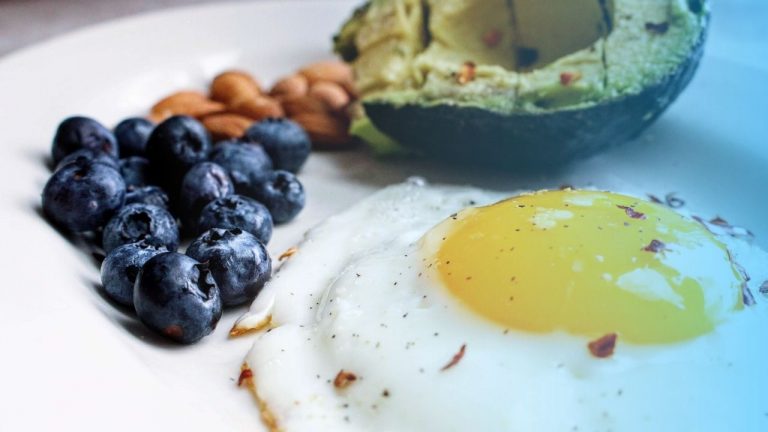
You can also find keto-friendly recipes online or in cookbooks. Just avoid any high-carb foods, such as grains, legumes, fruit, starchy vegetables, and sugary foods.
What are some benefits of the ketogenic diet?
The ketogenic diet has become increasingly popular in recent years, and for a good reason. This high-fat, low-carbohydrate diet can offer various health benefits, including weight loss, improved mental clarity, and increased energy levels. When properly followed, the keto diet can help to stabilize blood sugar levels, improve cholesterol levels, and reduce inflammation throughout the body. Additionally, the keto diet effectively treats certain neurological disorders, such as epilepsy and Alzheimer’s disease.

How to get started with a ketogenic diet
If you’re thinking of starting a ketogenic diet, there are a few things you need to know. First, you’ll need to reduce your intake of carbohydrates drastically. This means cutting out sugary foods like candy and cake and starchy vegetables like potatoes and rice. In their place, you’ll need to increase your intake of healthy fats, such as olive oil, avocados, and nuts. You’ll also need to get enough protein through foods like meat, fish, and tofu. Finally, you’ll need to be prepared for some initial side effects, such as the “keto flu.” These side effects are usually temporary and can be alleviated by increasing your water intake and getting plenty of rest.
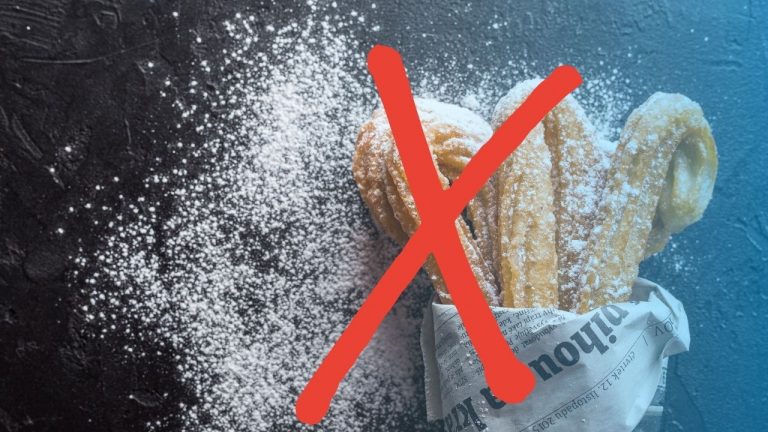

If you’re interested in trying the ketogenic diet, talk to your doctor or a registered dietitian. They can help you create a meal plan that fits your needs and lifestyle.
Tips for sticking with your new diet
The keto diet can be a great way to lose weight and feel healthier, but it can also be tough to stick to first. Here are a few tips to help you stay on track:
- Get organized. Meal planning and prepping ahead can make it easier to stay on track with your diet.
- Find a friend or family member who is also on the keto diet and support each other.
- Stock your kitchen with healthy keto-friendly foods, making you less likely to cheat.
- Drink plenty of water and get enough sleep; both will help you feel better and have more energy to stick with your diet.
- Do not be too hard on yourself if you do cheat; get back on track as soon as possible.
If you want to try the keto diet but are unsure where to start, talk to your doctor or a registered dietitian. They can help you create a plan that fits your needs and lifestyle. With a bit of planning and effort, you can stick to the keto diet and reap its potential benefits.
Frequently Asked Questions
What fruits can I eat on the keto diet?
There are a lot of misconceptions about the keto diet. Some people think that it’s all about eating bacon and cheese, but the truth is that there are plenty of delicious and healthy foods that you can enjoy on a keto diet. Fruits are a great example. While some fruits are high in sugar, many kinds of fruit are low in carbs and can fit perfectly into a ketogenic lifestyle. Berries like strawberries, raspberries, and blueberries are great options, as are low-sugar fruits like avocado, coconuts, and olives. So don’t be afraid to enjoy fruit on your keto journey – be mindful of your carb intake and choose wisely!
What is the keto food list for beginners?
If you’re thinking about starting the keto diet, you might be wondering what kinds of foods you should eat. While there are many delicious keto-friendly options, it’s essential to choose foods that will help you reach your goals. Here’s a keto food list for beginners to get you started:
First, focus on healthy fats. This includes things like avocados, olive oil, and nuts. These foods will help you feel full and satisfied while providing your body with the essential nutrients.
Next, include plenty of low-carb vegetables like leafy greens, broccoli, and cauliflower. These foods are packed with vitamins and minerals and will help fill you up without adding a lot of carbs to your diet.
Finally, include some protein-rich foods like meat, fish, and tofu. These foods will help you maintain muscle mass while you’re in ketosis.
What are the side effects of the keto diet?
The keto diet has become popular in recent years to lose weight quickly. However, the diet is not without its risks. One of the most common side effects of the keto diet is “keto flu,” which can reduce symptoms like headaches, fatigue, and nausea. The flu-like symptoms are caused by the body’s adjustment to a high-fat, low-carb diet. Another potential side effect of the keto diet is constipation, as the lack of carbohydrates can decrease fiber intake.
Additionally, the keto diet may also cause kidney stones, as the high uric acid levels in the blood can lead to the formation of rocks. Finally, the keto diet may decrease bone density, as the lack of carbohydrates can lead to a loss of calcium. While the keto diet has many potential benefits, it’s essential to be aware of the risks before starting the diet. Talk to your doctor or a registered dietitian if you have any concerns.
What is the best way to start the keto diet?
If you’re thinking about starting the keto diet, it’s essential to do your research and create a plan that fits your individual needs. While many books and websites offer keto diet advice, the best way to get started is by talking to your doctor or a registered dietitian. They can help you create a plan that fits your lifestyle and health goals. Once you have a plan in place, you can start stocking your pantry with keto-friendly foods and preparing delicious meals. You can stick to the keto diet and reap its many potential benefits with a bit of effort.
Conclusion
In conclusion, the keto diet is a great way to lose weight and improve your health, but it’s important to remember that you still need to eat various healthy foods. Avoid processed foods and focus on eating whole, unprocessed foods. And if you have any questions about what you can and cannot eat on the keto diet, be sure to ask your doctor or a nutritionist. Thanks for reading!


